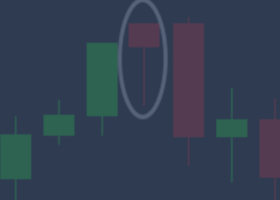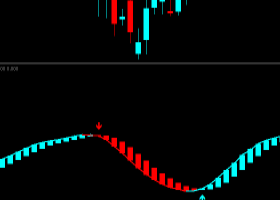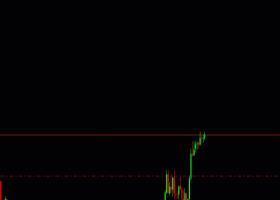
Saudi Arabia Sends Shivers Through the Commodity Currencies
With Iran refusing to play ball on cuts to oil production, Saudi Arabia is tightening its regime of economic austerity.
Annual tax revenues will go up by £70bn and previously free services such as health care will be privatised.
It is instructive to see that the world's second-biggest oil producer feels under pressure to act, despite its huge foreign reserves.
There are those who argue that Saudi should devalue its riyal, which has kept its peg to the US dollar unchanged for three decades.
However, in common with other oil producers, the leadership in Riyadh is sticking to the peg because 90% of the country's exports are priced in dollars.
There has been a correction of nearly 50% to the February-March oil rally.
The sensation is that investors might not be as sanguine about the economic outlook as they had been thought to be.
As a result, the commodity currencies were the poorest performers on Monday.
The Canadian and Australian dollars lost a cent each to sterling, -0.5%, with the Norwegian krone beating them by only a whisker.
South Africa's rand fell by twice that much and the NZ dollar brought up the rear with a daily loss of -1.4%. The safe-haven Japanese yen led the field for a second day.
Copy signals, Trade and Earn $ on Forex4you - https://www.share4you.com/en/?affid=0fd9105
Pound Sterling Catches a Break
Except in the rarest of circumstances, major currencies do not make spectacular gains or losses for days on end.
So it was with sterling on Monday, when it took second place to the yen, strengthening by an average of 0.4% against the other dozen most actively-traded currencies.
There was no suggestion that investors had found new enthusiasm for the pound. It was more a case of them being unable to justify giving it another whack.
There was little to chose between the pound, the euro, the franc and the Swedish krona and the US dollar was only a quarter of a cent behind them.
The US dollar took a small step forward overnight after Chicago Federal Reserve President Charles Evans spoke of two rate increases this year.
The Kiwi took a step backwards in response to a 13-point fall in NZ business confidence, from 15% to 2%. The Aussie firmed when the Reserve Bank of Australia left its Cash Rate unchanged at 2%.
* The 3% improvement on the exchange rates offered by a high street bank is based on an exchange rate comparison for a telephone transaction of £100k into Euros between Moneycorp and HSBC, Natwest, Barclays, Lloyds Bank, Royal Bank of Scotland and Bank of Scotland International Banking taken 7 times between April and November 2015. Moneycorp’s average margin for this period was 3.08% better than the combined average margin for the banks.


